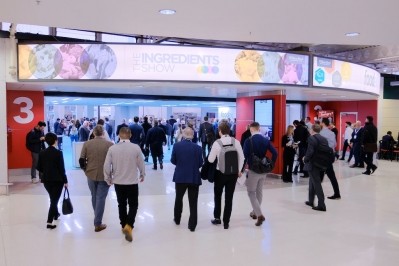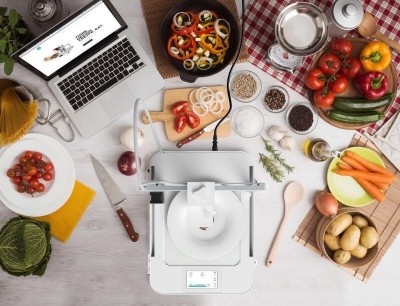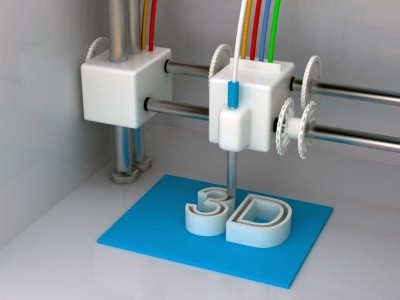'Processed food is practically 3D printed. The difference is, this is with fresh, real ingredients': Natural Machines
Lynette Kucsma, founder and CMO of Barcelona-based Natural Machines, believes that in 10 to 15 years, 3D food printers will be a common kitchen appliance, like ovens or microwaves are today.
“It’s not as crazy as it sounds because if you eat anything from a food manufacturer today, you’re practically already eating 3D printed food," she says. "What a food manufacturer does is take food, push it through machines, push it and form it. We’ve taken the exact same concept but shrunk it down to a designed kitchen appliance. But the big difference is, we allow you to use your own fresh, real ingredients.”
Kucsma, who was named one of 2015’s seven 'tech superheros' to watch by CNN and presented at this week's Ingredients Show in Birmingham, speaks a lot about “fresh, real ingredients”.
In fact, she says one of the main reasons she decided to create Foodini - the name of its 3D printing machine - was to counter the prevalence of processed, packaged food.
A big differentiating factor between 3D printers and other appliances that are already established – Nestle’s Nespresso, for instance, where consumers have to buy the pre-filled capsules – is that Foodini users can choose what goes into the empty, stainless steel capsules, she says.
“It’s designed to get people back into their kitchens, using fresh, real ingredients, which is one of the macro trends at the minute. People want to know where their food comes from and what’s in there.”
Natural Machines is currently engaged in a number of research and development projects with food manufacturers who are keen to understand the technology, see how it can benefit their business and, ultimately, monetise it, Kucsma says.
But the initial reaction was not always so open-minded.
“A couple of years back, we were talking to food manufacturers and this one particular manufacturer decided to buy us out with the intention of shutting us down. They saw that the technology was coming and it was actually pretty good. We replicated one of their food products but made it with fresh, real ingredients, which of course is going to be better than a food sitting on a shelf for a year or so.
“But there’s always going to be someone behind us. 3D food printing is now an industry, we’re not the only ones in the game. It is a technology that’s coming.”

























